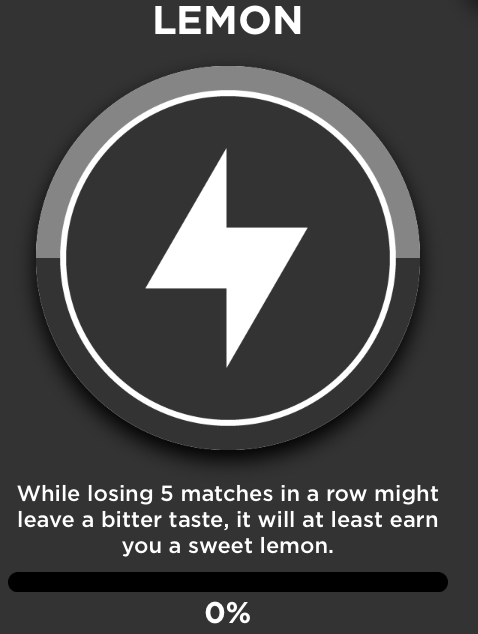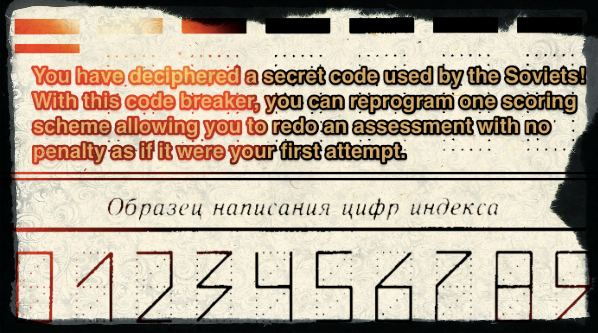In my previous post, Training Camp I discussed ways to prepare yourself to gamify instruction in your classes particularly for those of you who are not gamers. Continuing with my football metaphor, I want to share with you how I designed my playbook for my Physics game. Though it may seem daunting, you will find that designing your game is incredibly similar to how you would design a unit in one of your classes, as the mechanics that you might use in a game align well with the pedagogical practices that we use everyday in our classroom. Having said that, with gamification, I found that students experience heightened anticipation, emotional engagement, and ultimately greater success due to the interweaving of game mechanics and fictional elements coupled with a disconnect from the pressure associated with grades.
The screenshot above from Angry Birds does a great job of illustrating this. Angry Birds is divided into worlds. The first world of Angry Birds is called "Poached Eggs" which establishes the fictional elements of the game. Each world is divided into levels that increase in complexity and difficulty as you move through the world. The levels remain locked until you pass the level below. Locking levels is a game mechanic that creates anticipation. What will I find in Level 2?!? There are multiple ways to pass each level with varying degrees of success equated to points and stars. You also have the opportunity to redo each level if you are not satisfied with your feedback. For a more detailed description, check out the Angry Birds Wiki and explore one of the themes (levels). See if you can identify the game mechanics used to create the emotional experience that you have when playing Angry Birds.
Now compare the description above to a unit that you teach in your class. What would you need to do to heighten a student's anticipation? How could you reduce their anxiety and transfer their focus from grades to the learning? Does your content become more complex and difficult as you progress through the unit? How frequently do you provide feedback to your students? What opportunities do they have to act on your feedback?
Keeping these questions in mind, let's get started on designing the shell for your game.
Step 1: Select the Learning Objectives
As with any unit that you design, you must have your learning objectives in place before you create your assessments. It is crucial that these are clearly articulated so that you can integrate them into the game play. Students should not be able to be successful in your game without demonstrating mastery of these objectives. When choosing your learning objectives, you should focus on content that can easily be divided into smaller chunks and levels of difficulty or complexity.
One of the most appealing aspects of games is player control. This translates into empowering students to be in control of their learning. Your game should give students voice and choice over their game play, and allow for self-pacing. Select content and skills that will allow you to be as far away from the driver's seat as possible.
My advice for those of you who are new to gamification is to start with
something small and manageable until you get the hang of it. Keep in mind that games are not perfect for every situation. Gamification
works really well with Math and Physics units. For other disciplines,
you need to think carefully and creatively about how you will go
about structuring your game.
For my physics unit, I had the topics of work, power, energy, and
momentum to cover. When I decided to gamify this unit, I focused my
first “world” on work alone. This narrowed down the list of learning
objectives considerably making it easier to differentiate and assign
levels.
Step 2: Choose your Level Structure
Once you have selected your content and skills, the next step is to choose your level structure. I have provided a few examples below, but you can also just as easily come up with your own. For educational games, the best approach to this is to do what Karl Kapp refers to as a mission-based structure. I had not read Kapp’s book when I designed my game, but this is exactly how I did it because pedagogically it makes sense. The two structures that he suggests are:
easy, intermediate, hard (using the same content)
demonstration, practice, and test mode (this is similar to the model that I used).














